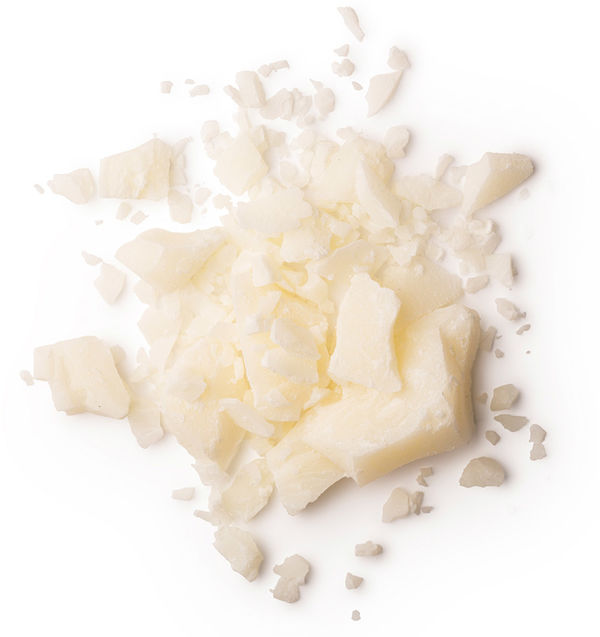Wax from Japanese Wax Tree
Organic > Plant based > Wax
Description
Japan wax (木蝋 Mokurō), also known as sumac wax, sumach wax, vegetable wax, China green tallow, and Japan tallow, is a pale-yellow, waxy, water-insoluble solid with a gummy feel, obtained from the berries of certain sumacs native to Japan and China, such as Toxicodendron vernicifluum (lacquer tree) and Toxicodendron succedaneum (Japanese wax tree).
Japan wax is a byproduct of lacquer manufacture. The fruits of the Toxicodendron trees are harvested, steamed, and pressed for the waxy substance which harden when cool. It is not a true wax but a fat that contains 95% palmitin. Japan wax is sold in flat squares or disks and has a rancid odor. It is extracted by expression and heat, or by the action of solvents.
Uses
Japan wax is used in candles, furniture polishes, floor waxes, wax matches, soaps, food packaging, pharmaceuticals, cosmetics, pastels, crayons, buffing compounds, metal lubricants, adhesives, thermoplastic resins, and as a substitute for beeswax. Because it undergoes rancidification, it is not often used in foods.
Location
